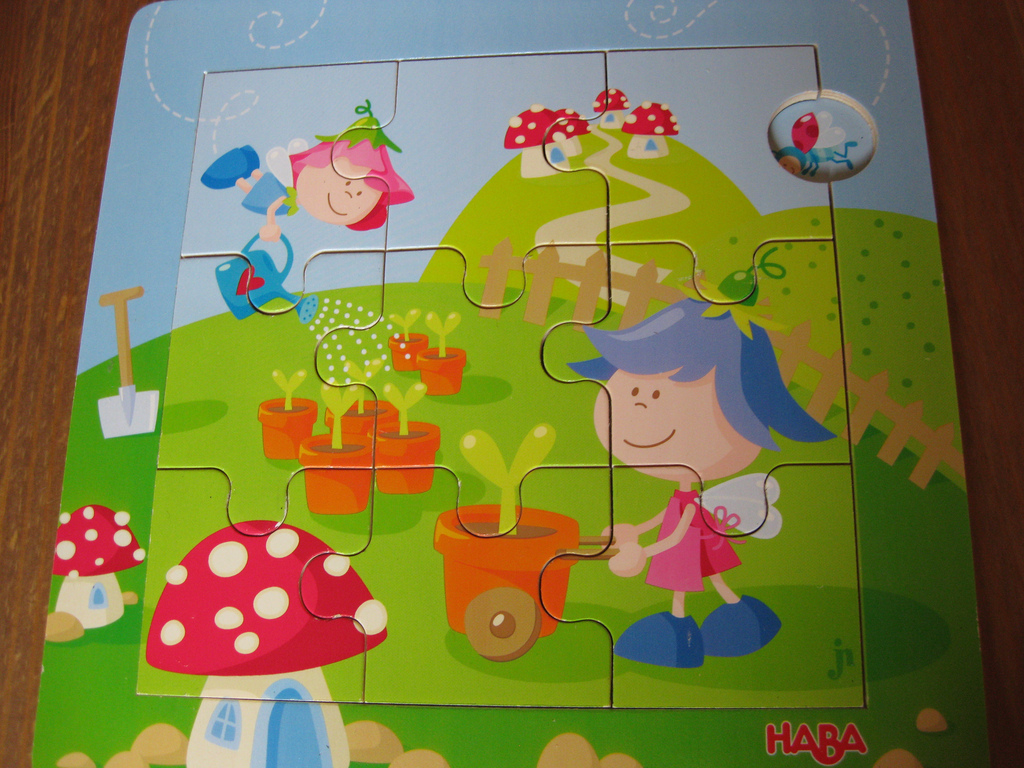What Non-Gendered Toys Mean for Your Kids' Future

By:
Toys can lodge powerful gendered meanings and associations in a developing child’s mind. And society is starting to pay attention. Parents have gone to war with big box stores on the subject of gendered toys, enough to make Target, Toys "R" Us and Walmart rethink their gender campaigning to, specifically, little girls and boys. (And children themselves are breaking down gender barriers, with the support of mom and dad.)
What would a future without gendered toys look like? A range of studies have explored the theme of toys and gender — from primates, to parental preference, and beyond. Organizations like the UK’s Let Toys Be Toys have also committed themselves to dismantling gender bias in play and focus more on what the toys do. Here are some insights from toys and gender.
The primate example.
 //creativecommons.org/licenses/by/3.0)], via Wikimedia Commons - wikimedia.org
//creativecommons.org/licenses/by/3.0)], via Wikimedia Commons - wikimedia.org
In a 2002 study with our close ancestors that reinforces biological preference, a group of male and female vervet monkeys were exposed to typical girls’ and boys’ toys. Male monkeys were shown to prefer a ball and car, while females took more to a doll and pot. The study explores the preference in terms of sex, socialization, and the attraction to certain shapes, and less, as Cracked writer J.F. Sargent notes, as validation that the boy monkey deeply understands and connects with cars. (Of course, we must remember that it is one study on one species of monkey.)
The parents’ influence.

A 2008 study by professor Becky Francis interviewed the parents of over 60 3-to-5-year-olds on the subject of their kid’s favorite toy. The answers revealed gender preference along the lines of function: boys were given mechanical or constructive toys, while girls were steered towards toys that would support feminine interests. This study observes how the bias of parents influences their kids’ play, and notes omissions, as what one parent may see as a favorite toy may exclude the other toys in the kid’s mix. Francis displayed a deep concern for the connection between this toy bias and a dearth of women studying and entering math-related fields..
Kids uninfluenced in a playroom of toys.
 Gunnar Wrobel/Flickr - flic.kr
Gunnar Wrobel/Flickr - flic.kr
One 2003 Midwest study wanted to look at how gendered toys influenced children’s play complexity. Researchers invited 15 girls and 15 boys, averaging 3 years old, and their parents to be observed at a playroom of toys considered for boys, girls, and gender-neutral. The parents were not to steer the kids in any particular direction, but let them decide where they wanted to go. The toys were further categorized into groups, such as animal toys, mechanical toys, and puzzle toys. Researchers noted the amount of time children played with each as one factor. On the whole, both sexes gravitated towards what were considered gender-neutral toys the most — such as puzzles, crayons, and animals. Dolls elicited the most complex play.
Other factors.
These are just a few angles to take when looking at the myriad of gendering influences on young children. Several other studies explore the impact of commercials and the war of pink vs. blue. And anecdotally, parents have bemoaned gendered toy aisles and the employees who steer families there.
Presently, it is worth exploring the interests of children who primarily play with gender-neutral toys — now that society is learning to let go of gendering aisles.
